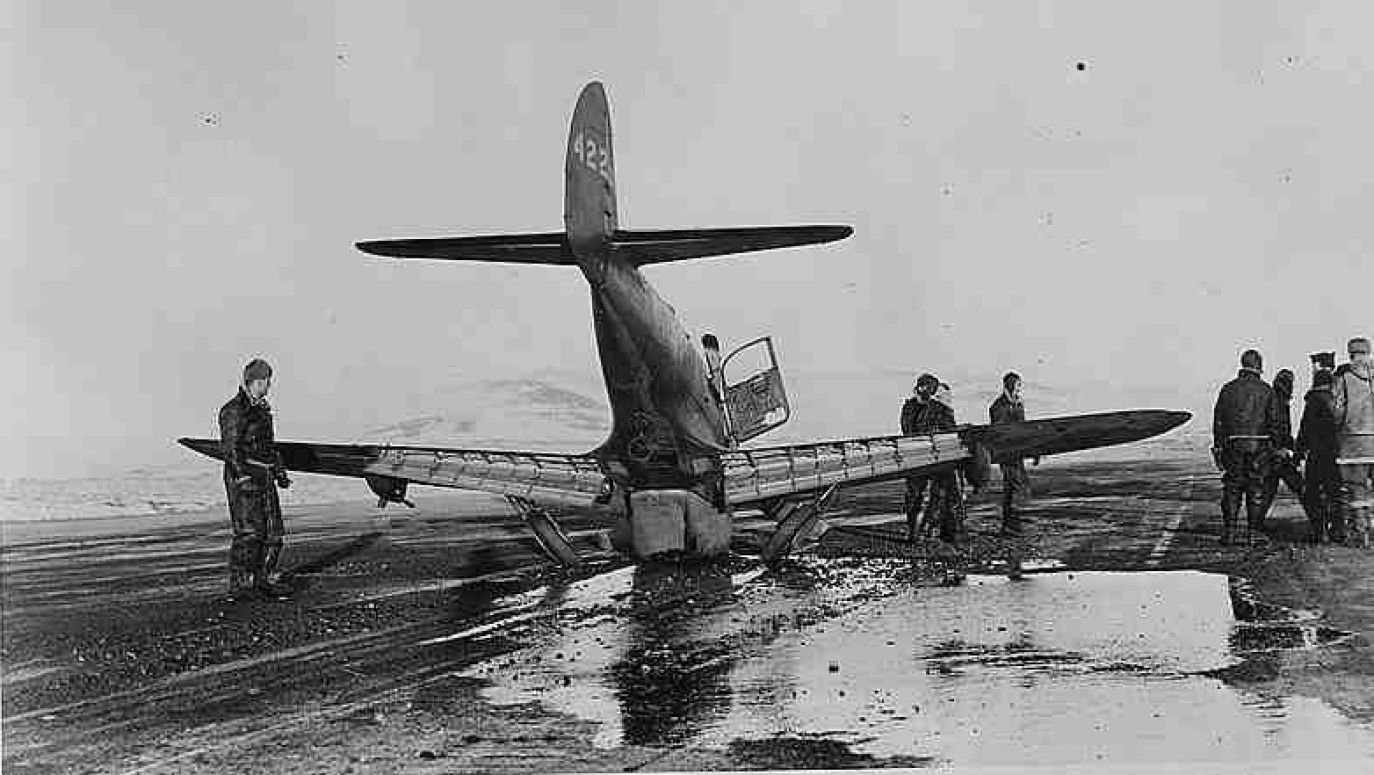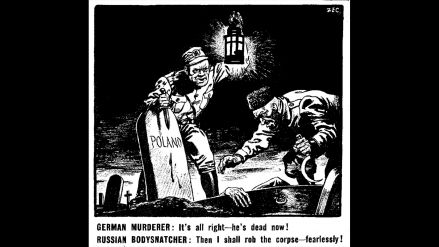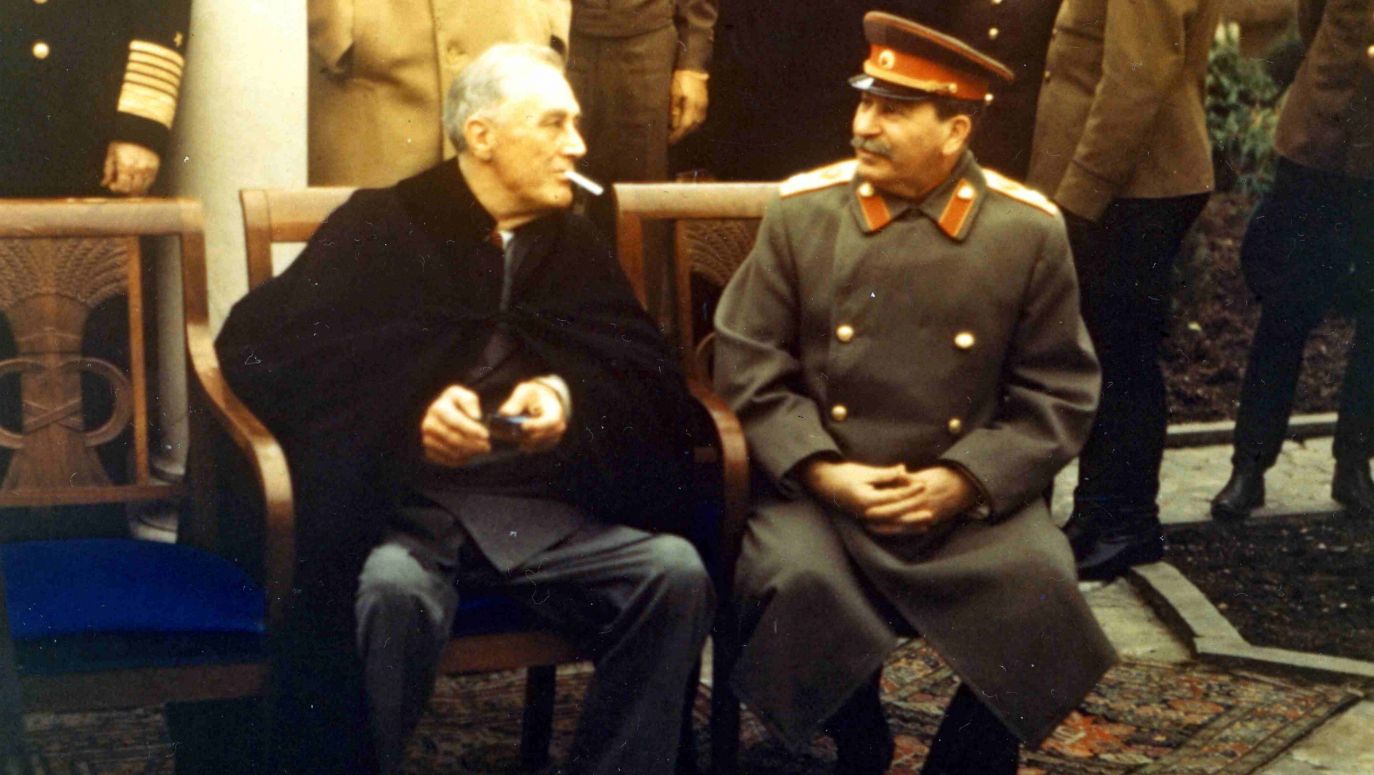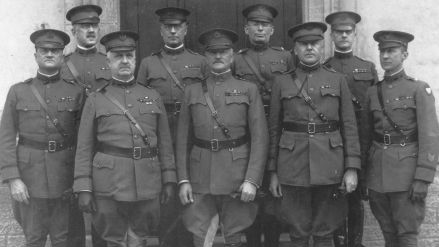The romanticism of air travelling – still better in the Far North! – appeals to everyone’s imagination: the best evidence for that is our classic author Janusz Meissner who – once he returned form foggy England to the people’s homeland in 1946, hastily abandoned his writings about “G – for Genevieve” and took up descent, social realistic prose about the best Soviet air ambulance which, amidst freezing wind and darkness of a polar night, covers a distance hundreds of kilometers to get to a complex case of Arctic tetanus. („Na Tajmyrze umiera człowiek” [A man is dying on the Taymyr Peninsula] MON, 1952).
But what are the exploits of Lieutenant Gonar compared to those of the five Soviet air transport regiments that were transporting fighters and unpacked cargo planes from Fairbanks, Alaska to Krasnoyarsk and further to the front? It is a gigantic trail, scarcely recorded in the annals of World War II. Everyone remembers the sailing across the “cruel sea” (the North Atlantic from the USA to Great Britain, the Arctic Ocean from the USA, and with time also from Great Britain to the USSR). The airdrops over occupied Europe are remembered, the “Iranian route” on which deliveries traveled north from ports in British Iraq and India. But only by military historians remember about the route from Alaska to Siberia (“ALSIB”), initiated eighty years ago, on September 29, 1942.
Alaska stop, Yakutsk stop
After all it was an extraordinary undertaking. The ALSIB route from Fairbank, Alaska to Krasnoyarsk was 6500 kilometers long, out of which over 5000 above the Soviet territory. In order to reach the front from US factories, the plane had to fly more than 15,000 kilometers. Flights at such distances were out of the question at that time: the route was divided into five parts: the first Soviet regiment was transporting planes from Fairbanks to the Yakustk airport Uelkal next to Aanadyr, subsequent aircraft were covering the following distances: Anadyr – Seymchan, Seymchan – Yakutsk, Yakutsk – Kirensk, and further already to Krasnoyarsk…
 SIGN UP TO OUR PAGE
SIGN UP TO OUR PAGE

For the good of backup routes and airfields in Siberia a total of 16 airports, three radiolocation stations, a network of hangars, fuel storages, hotels and training centers were built. The civil aviation in the Far East being successful – which was a
leitmotif of the postwar Soviet propaganda to a large extent was owed to the infrastructure designed by the hated Yankees.
And there was traffic! Between 1942 and 1945 nearly 8,000 aircraft were transported from Fairbanks to USSR. Gulag prisoners from Kolyma were but craning their heads: 729 B-25 bombers, 2,396 P-63 spitfires, 2,616 P38 spitfires, 707 pieces of the then biggest Si-47 transport aircraft.
Besides, they weren’t flying empty: they were loaded with jeeps and (in parts) locomotives, machine tools and concrete mixers, sewing machines and typewriters, office supplies and anti-tank mine primers, powdered and frozen eggs, surgical needles and carcasses from Chicago slaughterhouses, as well as Ambassadors Maxim Litvinov and Anatoliy Gromyko. And, as chronicles report, 506 tons of mica (for isolators).
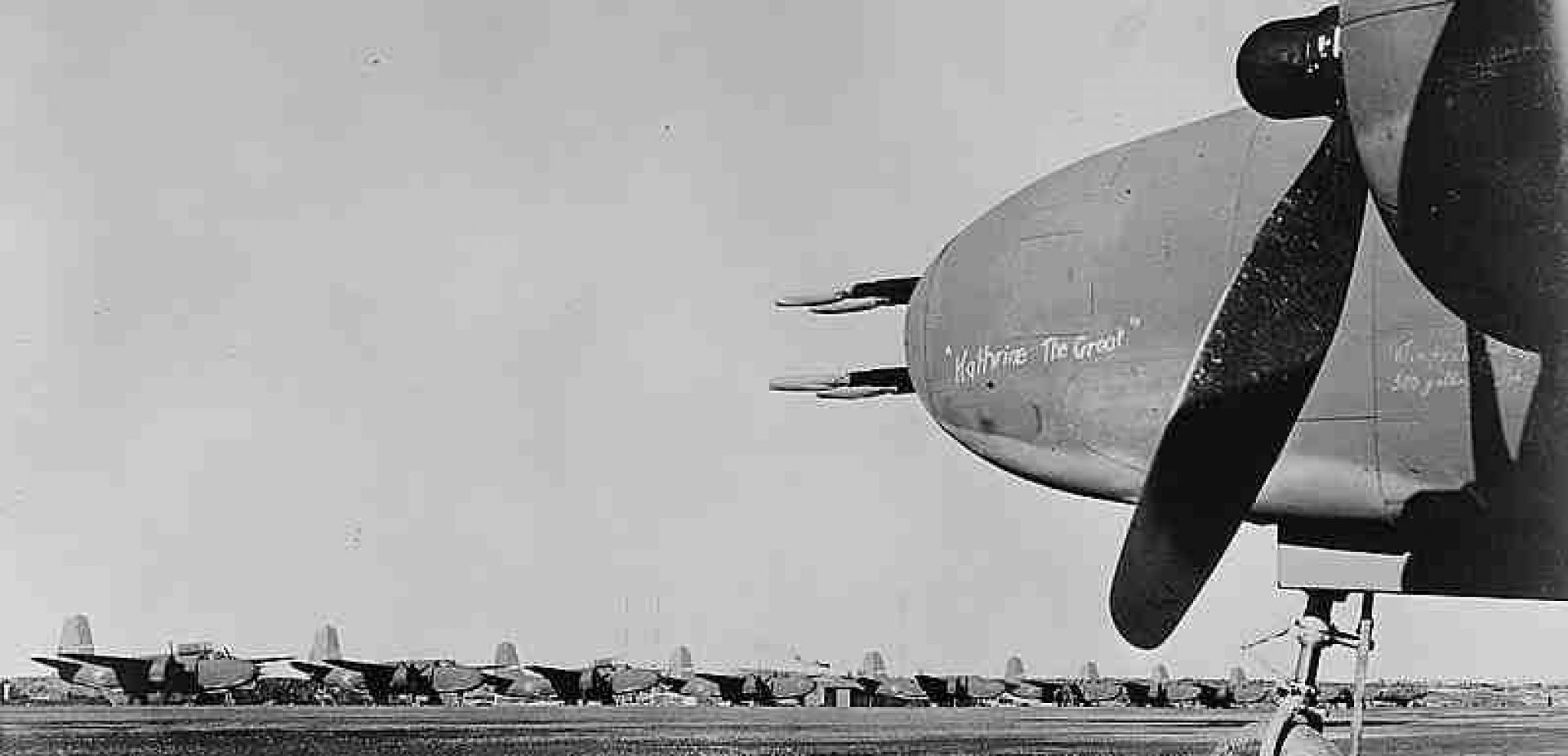
 SIGN UP TO OUR PAGE
SIGN UP TO OUR PAGE

